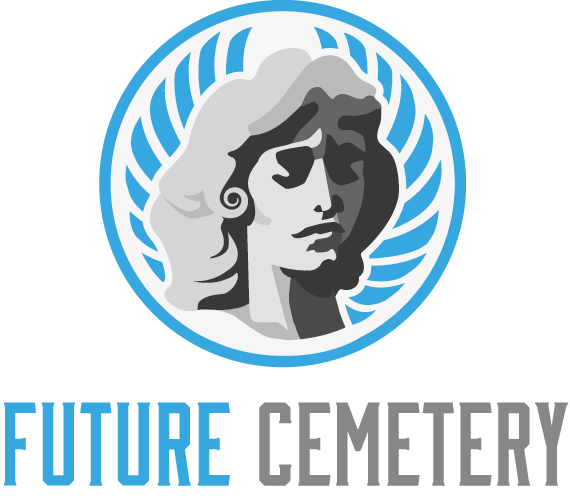
Cemetery Design involves the thoughtful consideration of how to best accommodate your unique community. It also involves the development of an efficient planning process that keeps long and short-term goals in mind.
A well-designed cemetery can add value by maximizing space utilization. For example, those burial plots near scenic or beautiful spaces and features command premium prices.
Master Plan
A cemetery addition is a large project that requires careful planning and precise execution. Working with a trusted team like Ramaker and leveraging modern cemetery management tools such as CIMS can help ensure that your new section meets both current and future needs.
Involving stakeholders early in the process helps to ensure diverse perspectives are considered and fosters a sense of ownership and community support. Whether your cemetery is looking to expand an existing section or establish a new one, a master plan provides a roadmap to guide the project.
Developing a cemetery is much like developing a neighborhood with its own character and identity. The landscape design is a key component of this identity. Scenic vistas are created with visual terminuses such as family mausoleums, funeral chapels, and private estate gardens paired with lawn burials. Garden areas are designed with a rich palette of materials and pleasant textures that complement the surroundings. Pedestrian and vehicular circulation throughout the cemetery is enhanced with thoughtfully designed paths that provide clear directions and cues.
Site Planning
A well-planned cemetery is essential to the success of any burial grounds. This process involves evaluating the site’s natural and cultural context. It also involves researching regulatory approvals and ensuring that plans comply with zoning laws and building codes.
Cemeteries are a powerful cultural touchstone, a reflection of prevailing beliefs and values. Over time, they have adapted to reflect changing philosophies and traditions. From monumental tombs and elaborate burial mounds to streamlined memorial parks and green burial practices, each evolution has offered a glimpse into how society has honored its dead throughout the centuries.
Today, many modern cemeteries are making the move to sustainability. By utilizing green burial, for instance, they are able to reduce their environmental footprint. They can also create ponds that serve as scenic attractions for visitors. These ponds can be used to water plants and provide wildlife with a habitat. They can even help to manage the water flow of the cemetery and prevent flooding.
Site Design
Cemetery designers work with the client to determine a site map of the entire property. From this a variety of cemetery design concepts are developed that explore potential development opportunities and constraints.
The programming and analysis allows the cemetery to see a clear path forward for future improvement, expansion and new inventory development. The design process can also include options for addressing interment preferences and changing demographics that require new cemetery products and services.
Taking the time to involve community members throughout the design process has a long-term impact on the cemetery. It makes them feel valued and builds a solid connection that can last for generations.
Marketing
Developing an effective marketing strategy for cemetery land requires an understanding of the unique needs and sensitivities of potential buyers. This involves determining the ideal audience for the property, constructing a compelling value proposition, and promoting the property using digital platforms, building strategic partnerships, and attending industry events.
A well-designed cemetery can offer a variety of benefits to visitors. These include enhancing the aesthetic of the grounds, providing comfort and peace during visits, preserving cultural heritage, and promoting community involvement. Good design can also increase revenue. For example, a cremation garden at Valley of the Sun Memorial Park in Arizona was sold out before construction even began based on a master plan and artist’s rendering.
In addition, innovative designs for burial and memorial space can provide a greener alternative to traditional graveyards by increasing the use of sustainable materials and methods. For instance, urns made of biodegradable material are designed to break down and become nutrients for the tree planted over it. These changes in memorial style reflect a larger cultural movement toward more inclusive, diverse, and environmentally conscious approaches to burial and commemoration.
